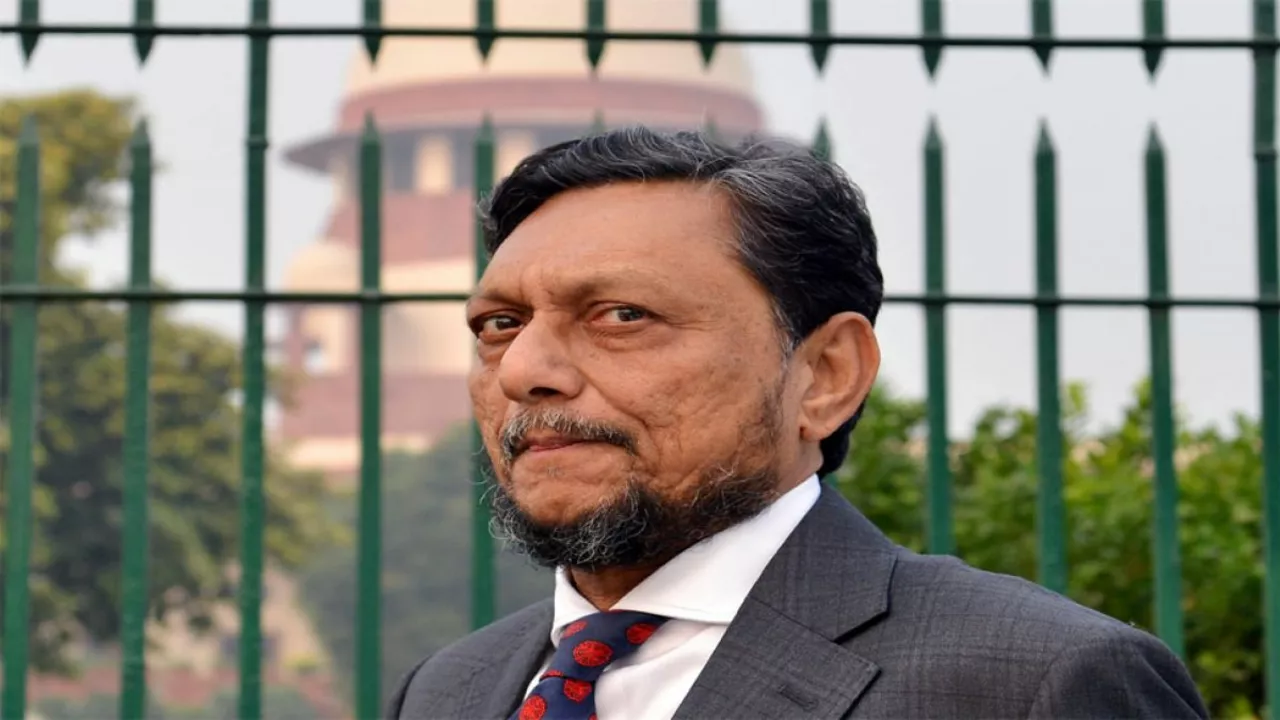Legal News – CJI Bobde Recommends Justice N.V. Ramana as Next Chief Justice
If you follow Indian law, you know the Chief Justice seat is a big deal. Recent headlines say Chief Justice of India Sharad Arvind Bobde has officially recommended Justice N.V. Ramana to take over. The move follows the seniority rule that most of us hear about but rarely see in action. Let’s break down what this recommendation means, how the selection process works, and why it matters for anyone interested in the legal world.
How the Chief Justice Is Chosen
In India, the appointment of the Chief Justice follows a simple formula: the senior-most judge of the Supreme Court gets the nod. That judge’s name goes to the President, who makes the final call. The system is meant to keep things transparent and prevent political meddling. So when CJI Bobde says Justice Ramana is next, he’s basically confirming the seniority ladder. The President still must sign off, but historically the recommendation has been respected.
Why the Recommendation Matters
Justice Ramana has a reputation for sharp legal reasoning and a calm courtroom style. His upcoming role could steer the court’s approach to big topics like environmental law, digital privacy, and criminal justice reform. For lawyers and law students, knowing who’s at the helm helps them anticipate shifts in case strategy. For businesses, it hints at how commercial disputes might be judged under a new chief. In short, the recommendation isn’t just a routine shuffle—it sets the tone for the next few years of judgments.
Beyond the courtroom, this move sends a signal to the public about stability in the judiciary. When seniority guides the decision, it reinforces confidence that judges aren’t chosen for political reasons. That trust is crucial when the court tackles contentious issues that affect daily life, from consumer rights to election disputes.
For the legal community, the change also means a new set of administrative priorities. The Chief Justice oversees case allocation, bench formation, and even the implementation of technology in courts. Justice Ramana has spoken about modernizing court procedures, so we might see faster case handling and more digital tools. That could make the legal process smoother for both attorneys and clients.
What’s next? The President will review the recommendation, and if everything goes as expected, Justice Ramana will take office within weeks. Until then, discussions on legal forums, news sites, and university classrooms will keep swirling around what his leadership style might bring. Keep an eye on updates—any delay or surprise could spark debate about the seniority system itself.
Bottom line: CJI Bobde’s recommendation is a clear nod to the seniority rule, and it puts Justice N.V. Ramana on the fast track to becoming the 48th Chief Justice of India. Whether you’re a lawyer, a business owner, or just a citizen, this development will shape the legal landscape you interact with daily. Stay tuned for the official appointment and the changes it will bring.
Legal News

CJI Bobde recommends Justice Ramana as his successor?
In a significant move, Chief Justice of India, Sharad Arvind Bobde, has recommended Justice N.V Ramana as his successor. This recommendation comes in line with the norms of seniority. If approved, Justice Ramana will become the 48th Chief Justice of India. This is a crucial moment in India's judiciary and will shape the future course of its judicial landscape. The final decision, however, rests with the President of India, who makes the official appointment.